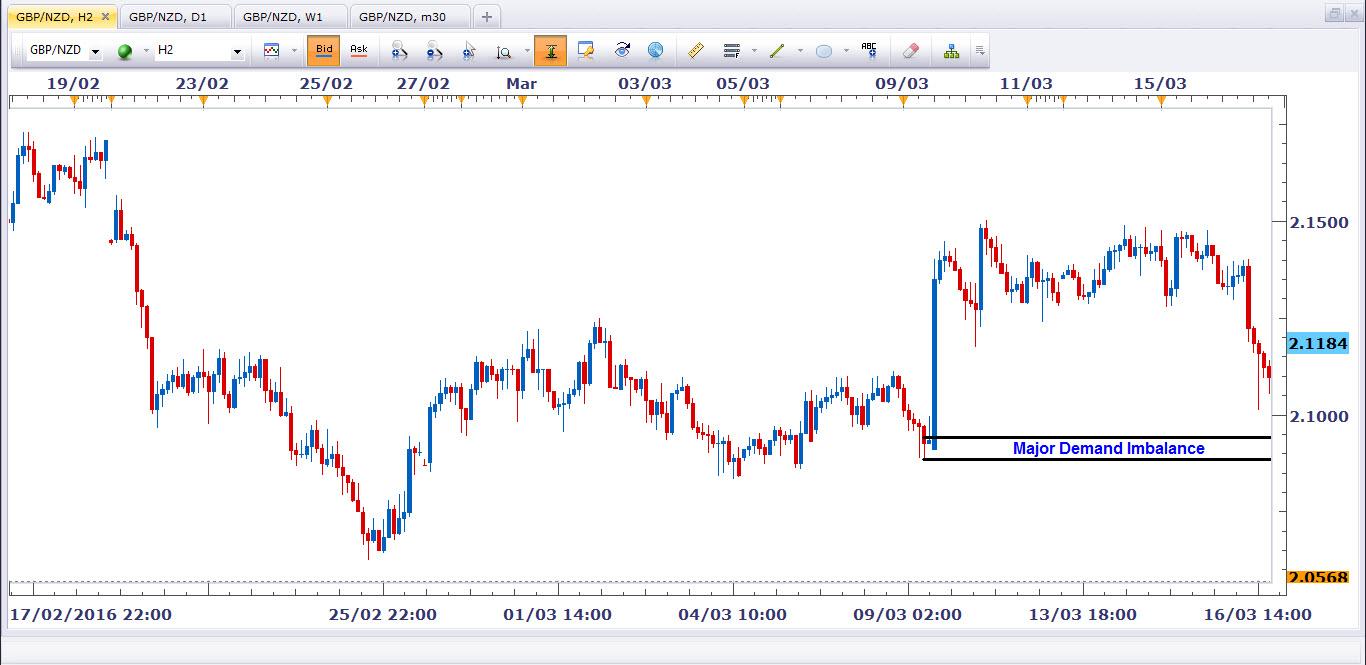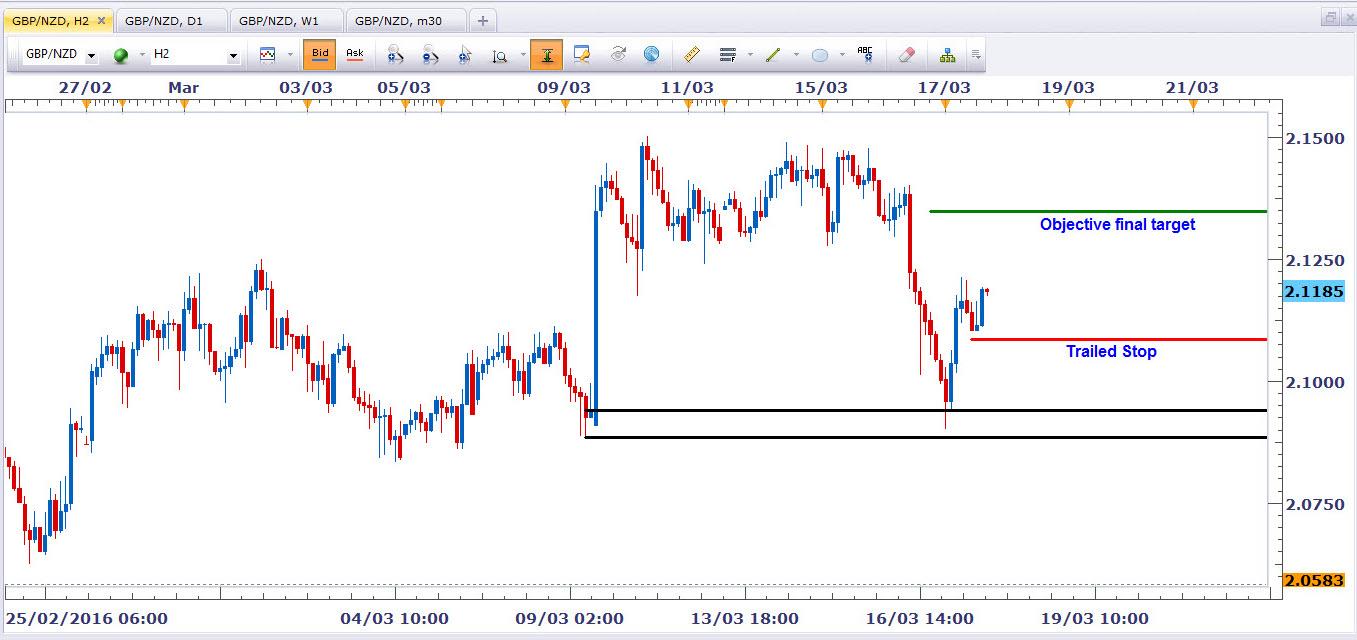![]()
This week has been a special week for me as it marks my first week of a new life emigrating from the UK to my new home in the USA. To kick things off, I have had the pleasure of taking a trip out to Irvine, California to the Online Trading Academy HQ to teach the on-location Professional Forex Trader class. As you may already know, one of the most attractive aspects of trading the global currency markets is the level of flexibility it offers us, with time of day and that it is a market that is pretty much open 24 hours a day for almost 6 days a week. With it opening around 5pm EST on a Sunday early evening and then trading continuously though the week until the following Friday late afternoon; you can see that almost anytime is a good time to trade and why so many people are attracted to it and want a piece of the action, as it never really stops!
Now while it may be open for the majority of the week, the market also has its peaks and troughs of liquidity and movement. The currency market is widely regarded as being made up of 3 main trading centers across the globe, those being Asia, Europe and the USA, with the Far East kicking the proceedings off and the States wrapping things up at the end. In general, the time zones occur in the following segments:
Asia: 9pm – 2am
EST Europe: 3am – 11am
EST USA: 8am – 4pm EST
The Asian session is generally regarded as the quietest session of the 3, with Europe being the most volatile and USA quieter but a little higher than Asia. If you are a day trader, this means that you would probably focus most of your attention on the European sessions for the most movement and volatility. When I lived in London, I enjoyed access to all 3 sessions and had the luxury of being actively awake for the European session everyday. Now that I live in the USA I am on a very different time zone, but for me, my time to trade has not changed all that much because as a FX trader, when you know what to look for it really does not matter what part of the world you live in at all. Let me explain further.
One of the best things any aspiring trader can learn to do is to understand how to develop a rules-based strategy, put it to action and then simply walk away and allow it to do its thing. Getting in the way of the plan is when we run into trouble. This is why we encourage our students at OTA to approach the market using our patented core strategy in a “set and forget” manner. With this in mind, I get plenty of questions from students asking how my FX trading is impacted when I travel to teach and, more importantly, now that I have moved to a completely different continent. The answer is simple: it does not change at all! When I was living in the UK I would do my analysis during the “dead zone” hours, these being the 2 hours between the US close and the open of the next Asian session, roughly 4pm to 6pm Eastern time, which was 9pm to 11pm UK time. Living in the States my time zone may be different but I am actually doing the analysis and setting up the trades at exactly the same point of the day.
What a fantastic aspect of the FX markets, especially when you begin to realize over time that when you set and forget your trades, you don’t even need to be there to see it happen, irrespective of whether the trade wins or loses. In fact, I have always said that it is better to not be there to watch the position, as this will ensure that you stick to the plan and allow the opportunity to develop as it should. Below is an example of a setup we looked at this week in the class on GBPNZD:
The highlighted Demand zone showed us a major imbalance between the willing buyers and sellers, indicating that the buyers did not get all of their orders filled, meaning we were looking to buy a pullback to the area if it returned to the zone. Not knowing how long this would take, we had to set the entry, stop and target and then leave the rest to do its thing. The trade triggered overnight with a nice reaction:
At the time of taking the above screenshot, the pair has already risen around 250 pips, and that all happened during the Euro session while we were asleep in California. We then had the option to trail the stop and lock in some profit, allowing the GBPNZD the chance to hit its final target a few hundred pips higher. So, did we need to be there to see this happen or did the plan take care of this automatically? I think the result clearly speaks for itself. Be mindful that if you decide to embark on the FX markets journey, the more you allow things to fit into your life rather than the other way around, the better it is likely to be for you in the long run. FX offers flexibility and opportunity to choose your time to trade, around the clock, no mater how hands-on or hands-off you want to be. It doesn’t get much better than that.
This content is intended to provide educational information only. This information should not be construed as individual or customized legal, tax, financial or investment services. As each individual's situation is unique, a qualified professional should be consulted before making legal, tax, financial and investment decisions. The educational information provided in this article does not comprise any course or a part of any course that may be used as an educational credit for any certification purpose and will not prepare any User to be accredited for any licenses in any industry and will not prepare any User to get a job. Reproduced by permission from OTAcademy.com click here for Terms of Use: https://www.otacademy.com/about/terms
Editors’ Picks
EUR/USD edges lower toward 1.0700 post-US PCE

EUR/USD stays under modest bearish pressure but manages to hold above 1.0700 in the American session on Friday. The US Dollar (USD) gathers strength against its rivals after the stronger-than-forecast PCE inflation data, not allowing the pair to gain traction.
GBP/USD retreats to 1.2500 on renewed USD strength

GBP/USD lost its traction and turned negative on the day near 1.2500. Following the stronger-than-expected PCE inflation readings from the US, the USD stays resilient and makes it difficult for the pair to gather recovery momentum.
Gold struggles to hold above $2,350 following US inflation

Gold turned south and declined toward $2,340, erasing a large portion of its daily gains, as the USD benefited from PCE inflation data. The benchmark 10-year US yield, however, stays in negative territory and helps XAU/USD limit its losses.
Bitcoin Weekly Forecast: BTC’s next breakout could propel it to $80,000 Premium

Bitcoin’s recent price consolidation could be nearing its end as technical indicators and on-chain metrics suggest a potential upward breakout. However, this move would not be straightforward and could punish impatient investors.
Week ahead – Hawkish risk as Fed and NFP on tap, Eurozone data eyed too

Fed meets on Wednesday as US inflation stays elevated. Will Friday’s jobs report bring relief or more angst for the markets? Eurozone flash GDP and CPI numbers in focus for the Euro.
RECOMMENDED LESSONS
Making money in forex is easy if you know how the bankers trade!
Discover how to make money in forex is easy if you know how the bankers trade!
5 Forex News Events You Need To Know
In the fast moving world of currency markets, it is extremely important for new traders to know the list of important forex news...
Top 10 Chart Patterns Every Trader Should Know
Chart patterns are one of the most effective trading tools for a trader. They are pure price-action, and form on the basis of underlying buying and...
7 Ways to Avoid Forex Scams
The forex industry is recently seeing more and more scams. Here are 7 ways to avoid losing your money in such scams: Forex scams are becoming frequent. Michael Greenberg reports on luxurious expenses, including a submarine bought from the money taken from forex traders. Here’s another report of a forex fraud. So, how can we avoid falling in such forex scams?
What Are the 10 Fatal Mistakes Traders Make
Trading is exciting. Trading is hard. Trading is extremely hard. Some say that it takes more than 10,000 hours to master. Others believe that trading is the way to quick riches. They might be both wrong. What is important to know that no matter how experienced you are, mistakes will be part of the trading process.


